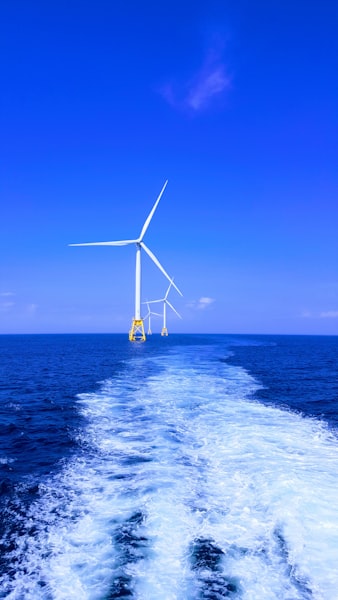
EU Adopts Carbon Tax at Borders to Incentivize Eco-Friendly Imports
The European Parliament and EU Member States announced this Tuesday morning that they have adopted an unprecedented mechanism to make European industrial imports greener by charging for the carbon emissions associated with their production. This process, commonly known as a „carbon tax at the border“, will subject imports in several sectors (steel, aluminum, cement, fertilizers, electricity, and hydrogen) to the EU’s environmental standards. The goal of this mechanism is to encourage companies to use more environmentally friendly imports within the EU. A trial period will begin in October 2023 and the implementation of the system depends on successful negotiations to end free emission quotas which divide the EU. The European Parliament wants these quotas to be gradually phased out by 2027. In summary, the EU has implemented a carbon tax at its borders in order to incentivize companies to use more eco-friendly imports within Europe.
Understanding the Carbon Tax
The Carbon Tax is a form of taxation that is designed to reduce emissions of carbon dioxide and other greenhouse gases. It works by placing a fee on the burning of fossil fuels, such as coal, oil, and natural gas. This fee can be used to fund renewable energy projects or other initiatives that help reduce emissions. The idea behind the Carbon Tax is to create an economic incentive for businesses and individuals to reduce their emissions, while also providing revenue for environmental protection efforts.You might also like this article: This is the title of test post. Picture source: Shaun Dakin